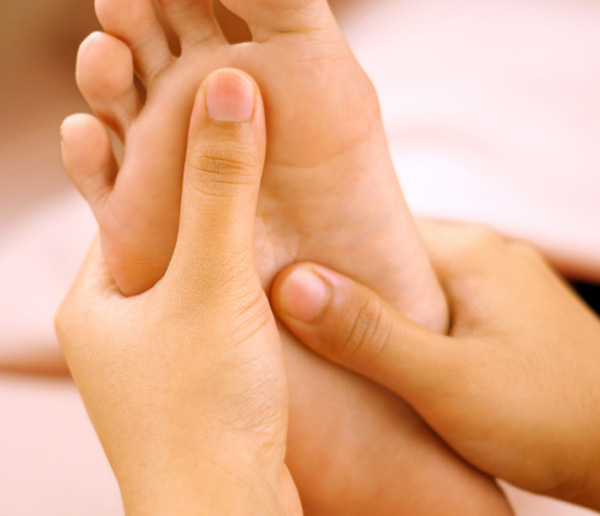
Neuroma occurs when a nerve in the bottom of the foot becomes pinched, often between the metatarsal bones. As the condition worsens, the nerve begins to swell and thicken, creating pain and discomfort. The third and fourth toes are the most common locations for neuromas.

X-rays are used to ensure that condition like fracture is not the source of your pain. To determine the size of neuromas, tests such as ultrasound and magnetic resonance imaging (MRI) may be performed to determine the extent of the neuroma.

Treatment for neuromas typically begins with conservative therapies like shoe padding or wider shoes. Wear arch supports or foot pads to keep excess pressure off the affected nerves. Dr. Schoenhaus or Dr. Gold may also use sclerosing alcohol injections or cortisone injections to provide relief.
If these conservative approaches prove unsuccessful, surgical intervention to remove the swollen sections of the nerve may be necessary. Surgery for a neuroma is relatively minor and is typically done under anesthesia in an outpatient setting.